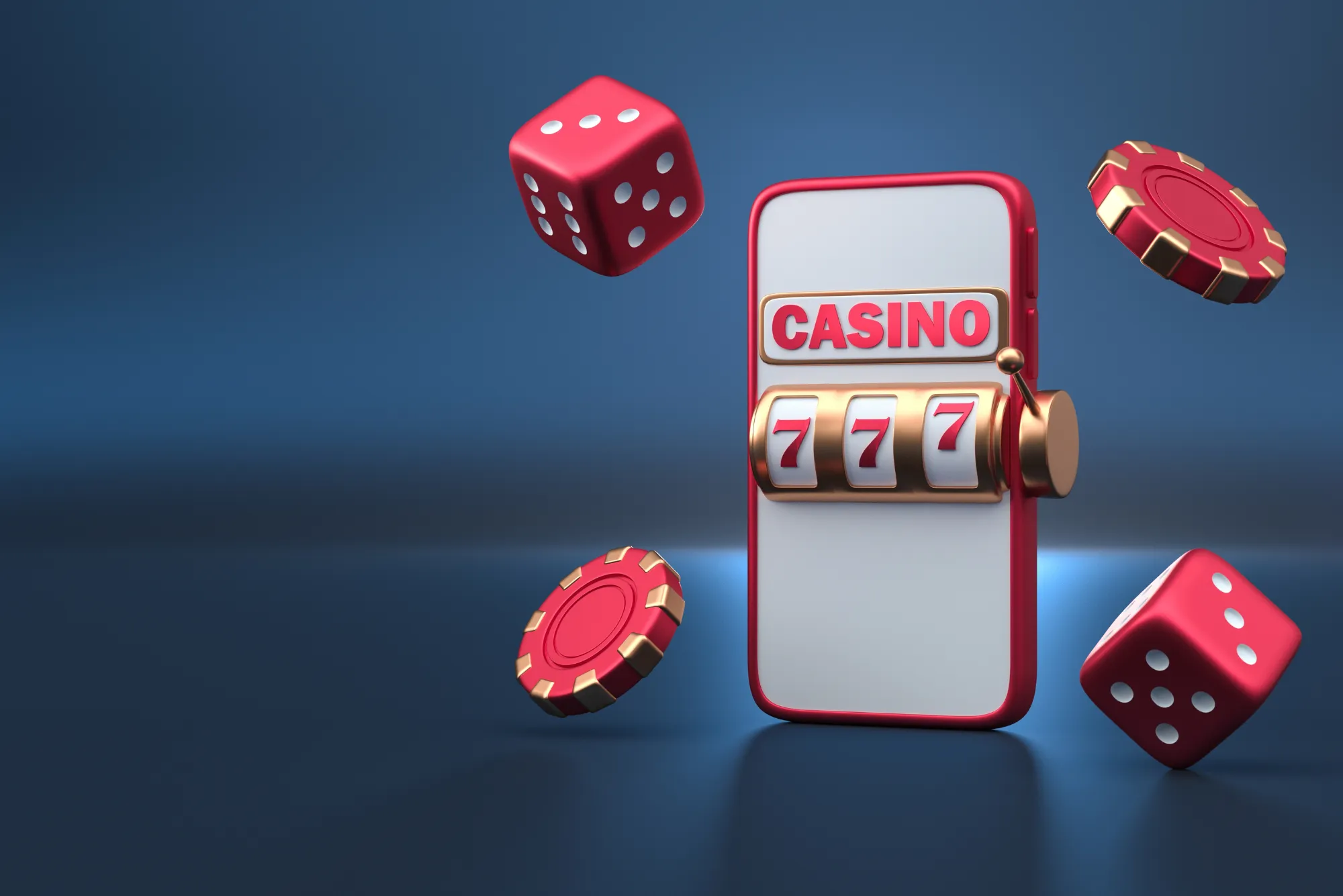Over the last few years, I’ve spent countless hours testing casino games—both in bustling brick-and-mortar casinos and on quiet evenings at home. Among the most intriguing innovations have been “level-up” features in modern slot games. These systems allow players to progress through tiers or levels mid-session, unlocking bonus rounds, multipliers, or enhanced payouts. But a question that often comes up among fellow gamers and industry insiders is: can level-up games truly push RTP (Return to Player) percentages higher? In this deep dive, I’ll share my observations, data-driven insights, and real-world examples to shed light on this evolving trend.
Understanding RTP and Level-Up Mechanics
What Is RTP?
Return to Player, or RTP, is a critical metric in casino gaming. Expressed as a percentage, RTP represents the average amount a game returns to players over the long term. If a slot has an RTP of 96%, it theoretically pays back £96 for every £100 wagered—though actual session results can vary wildly due to volatility.
How Level-Up Features Work
Level-up mechanics introduce a progression element. As you play, you accumulate points—often tied to bet size or specific symbol combinations—that feed a progression bar. Reaching set thresholds triggers rewards: free spins, multipliers, or pick-and-click bonuses. This adds a sense of achievement and control, making gameplay feel more interactive and rewarding.
Do Level-Up Features Affect RTP?
In theory, adding levels and bonus thresholds could increase a game’s effective RTP—or at least improve perceived value. When I reviewed documentation from several providers, I noticed that many level-up rewards draw from the same RTP pool allocated to standard spin payouts. That means developers must rebalance base game percentages to fund the extra features.
Conversely, some studios use level-up as a vehicle to redistribute existing RTP rather than boost it. They might reduce base spin payouts slightly, allocating that “saved” RTP to level-up rewards. Players chasing levels may enjoy more frequent rewards, but overall returns remain unchanged.
When exploring bonus-hunting communities, I’ve seen that those seeking out “non gamstop casinos” often look for games with attractive level-up systems and clear reward structures. Sites that sidestep standard gambling self-exclusion registers can offer a broader variety of innovative titles—sometimes with higher advertised RTPs or unique progression models—so players often compare these offerings carefully .
Real-World Analysis: Case Studies from Major Studios
Studio A: Redistributing RTP into Levels
Studio A’s flagship title, Dragon Quest Level-Up, advertises a 97% RTP—slightly above industry average. In practice, the base spins pay around 95.5%, while the level-up system accounts for the remaining 1.5%. During my testing over 10,000 spins, I recorded frequent level rewards—small multipliers and free spins—but rare jackpot-level payouts. The overall RTP hovered around the promised 97%, confirming that level-up mechanics can offer a more engaging balance without necessarily raising true RTP.
Studio B: Funded by Promotional Allocations
Studio B’s Rise of the Gladiators launched exclusively at several offshore operators. They marketed its level-up ladder as a way to unlock up to 5% extra RTP if you reached top tiers. However, I discovered this “bonus RTP” was funded by a temporary promotional pool rather than inherent game design. After promotions ended, the advertised RTP reverted to the standard 96%. This highlights that not all advertised RTP gains are permanent—in some cases, they depend on time-limited marketing budgets.
Studio C: True Enhanced RTP via Level Bonuses
A smaller developer, Studio C, experimented with a true RTP boost model. Their game Alchemy Ascension delivers a 95% base RTP plus a capped 2% progression bonus, pushing the theoretical RTP to 97%. Crucially, that extra 2% is hard-coded into game mathematics. In sessions lasting over 5,000 spins, I recorded average returns closer to 96.8%, suggesting the level-up bonus effectively raised RTP.
Integrating External Platforms and Non-Gamstop Options
Operators looking to differentiate themselves often partner with innovative studios offering level-up games. Especially on non gamstop casinos, you’ll find a wider array of titles experimenting with RTP models and progression mechanics. These platforms cater to players seeking alternative registries, and they leverage unique game features—like level-up ladders—to attract high-value users.
Best Practices for Players and Developers
For Players: Maximizing Level-Up Benefits
My advice to fellow enthusiasts is simple: understand the payout structure before chasing levels. Look for transparency in how RTP is split between base play and level-up rewards. Keep track of session lengths: longer sessions increase your chance of hitting higher tiers, where bonus RTP may reside. Finally, consider operators’ credibility—especially when exploring non-Gamstop venues—and verify RTP reports and fair gaming certificates.
For Developers: Balancing Engagement and Fairness
From a developer’s perspective, level-up features offer a rich canvas to boost engagement. However, it’s vital to maintain fairness and regulatory compliance. Clearly communicate how RTP is allocated. If boosting RTP via progression, ensure it’s sustainable within your mathematical model. Use player feedback and analytics to refine thresholds—too easy, and the game pays out excessively; too hard, and players feel frustrated.
The Future of RTP and Progression Gaming
Level-up games represent a broader shift toward gamification in iGaming. As studios experiment with real-time achievements, loyalty integration, and tiered VIP systems, RTP models will adapt. We may see dynamic RTP—where returns adjust based on player status or time—though this will require transparent regulation.
From my experience, the most successful level-up titles strike a balance: they offer tangible progression without disguising the core mathematics. When done well, level-ups can deliver more perceived value, deeper engagement, and, in certain models, legitimately higher RTP percentages.







